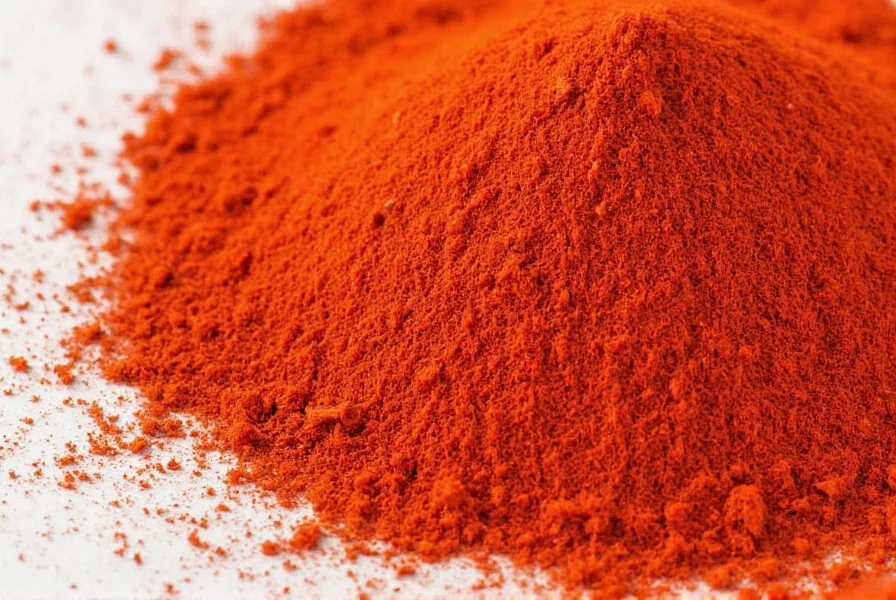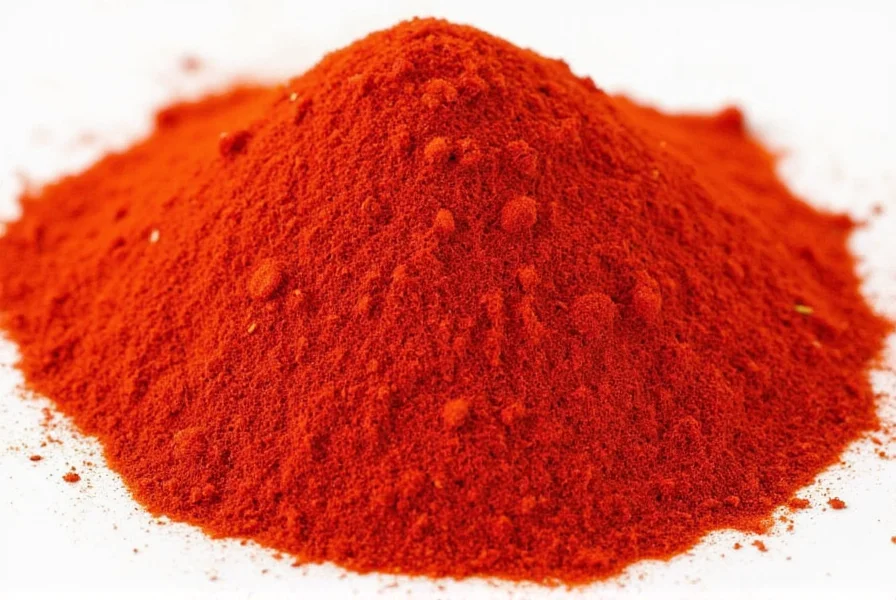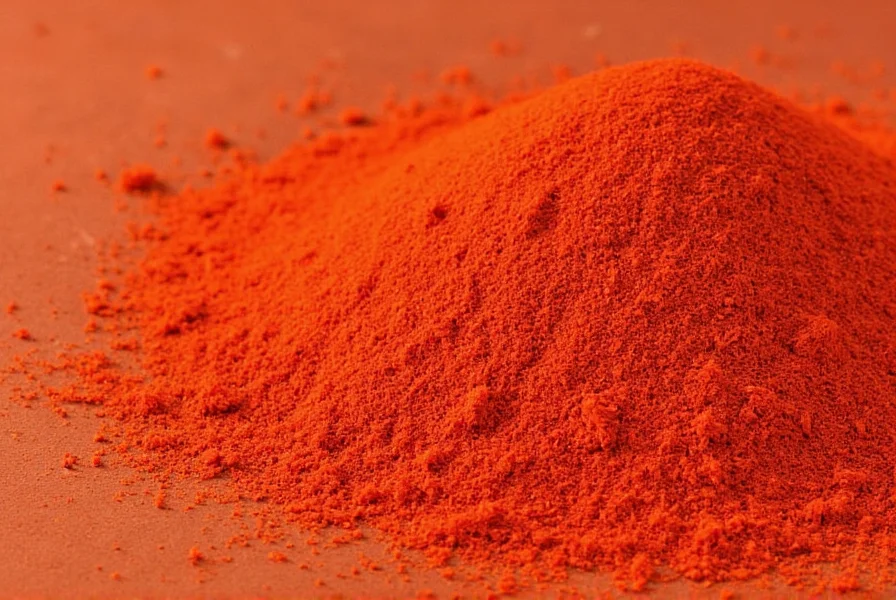Cayenne pepper isn't a blend or processed food product with multiple ingredients. It's a single-ingredient spice created through a straightforward process that preserves the natural properties of the cayenne pepper fruit. Understanding what cayenne pepper is made of requires examining both its botanical origins and processing methods.
Botanical Origins of Cayenne Pepper
Cayenne pepper comes exclusively from Capsicum annuum peppers of the cayenne variety. These slender, tapering peppers typically measure 2-5 inches long and ripen from green to vibrant red. Native to Central and South America, cayenne peppers now grow in warm climates worldwide, with major production in India, China, Mexico, and the southern United States.
Unlike spice blends that combine multiple ingredients, pure cayenne pepper contains only one component: the dried fruit of the cayenne chili plant. This distinguishes it from "red pepper flakes" which often contain a mixture of different chili varieties.

The Processing Journey: From Fresh Pepper to Powder
The transformation from fresh pepper to the familiar red powder involves three essential steps with no additional ingredients:
- Harvesting - Peppers are picked at full maturity when they've turned bright red and developed maximum capsaicin content
- Drying - Traditionally sun-dried, though commercial producers often use controlled dehydration to preserve flavor compounds
- Grinding - The completely dried peppers are milled into a fine powder without any fillers or anti-caking agents
This simple process preserves the pepper's natural chemical composition. High-quality cayenne pepper contains nothing but the ground fruit—no starches, sugars, or preservatives. Some commercial products may include silicon dioxide as an anti-caking agent, but traditional preparations remain 100% pure.
Chemical Composition: What Gives Cayenne Its Power
The distinctive heat and health properties of cayenne pepper come from its natural chemical makeup. The following table details the primary components:
| Compound | Natural Percentage | Function |
|---|---|---|
| Capsaicin | 0.1-1.0% | Primary heat compound (measured on Scoville scale) |
| Dihydrocapsaicin | 0.1-0.5% | Secondary heat compound |
| Vitamin C | 140-200mg per 100g | Antioxidant and immune support |
| Vitamin B6 | 1.5mg per 100g | Metabolic function support |
| Potassium | 2200mg per 100g | Electrolyte balance |
The capsaicinoids—particularly capsaicin and dihydrocapsaicin—account for cayenne pepper's heat rating of 30,000-50,000 Scoville Heat Units. These compounds naturally occur in the pepper's placenta (the white ribs inside the pepper), which is included in the final ground product.
Quality Factors in Cayenne Pepper Composition
Not all cayenne pepper products share identical composition. Several factors influence the final chemical profile:
- Growing conditions - Soil composition and climate affect capsaicin production
- Harvest timing - Fully ripe red peppers contain more capsaicin than green immature ones
- Drying method - Excessive heat during drying can degrade flavor compounds
- Grind size - Finer powders have greater surface area and more intense heat perception
When examining what cayenne pepper is composed of, it's important to note that authentic products list only "cayenne pepper" or "red pepper" in the ingredients. Products containing additional ingredients like salt, garlic powder, or maltodextrin are technically cayenne pepper blends, not pure cayenne pepper.
Common Misconceptions About Cayenne Pepper Ingredients
Several misunderstandings persist about cayenne pepper composition:
- Myth: Cayenne pepper contains additives to enhance heat
Fact: The heat comes entirely from natural capsaicinoids in the peppers - Myth: Cayenne pepper is a mixture of different chili powders
Fact: Pure cayenne comes only from cayenne variety peppers - Myth: Commercial cayenne pepper includes artificial coloring
Fact: The vibrant red color occurs naturally from carotenoids in the peppers

How to Verify Authentic Cayenne Pepper Composition
When purchasing cayenne pepper, check the ingredients label for:
- Single ingredient listing: "cayenne pepper" or "red pepper"
- No mention of anti-caking agents (though small amounts of silicon dioxide are generally acceptable)
- Avoid products listing "spice blend" or multiple pepper varieties
High-quality cayenne pepper should have a bright red color, sharp aroma, and consistent fine texture. Dull color or clumping often indicates age or added fillers. Understanding what cayenne pepper is made of helps consumers select authentic products that deliver the expected heat and flavor profile.











 浙公网安备
33010002000092号
浙公网安备
33010002000092号 浙B2-20120091-4
浙B2-20120091-4